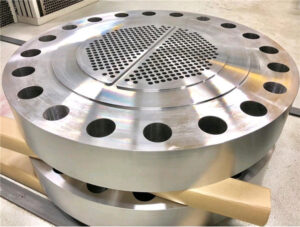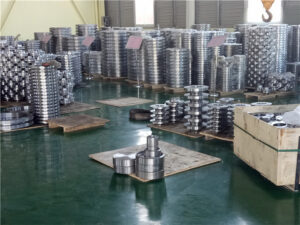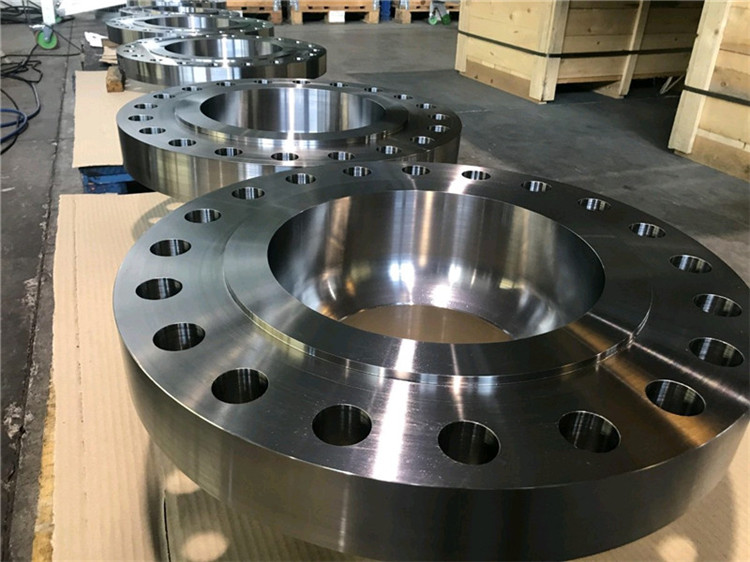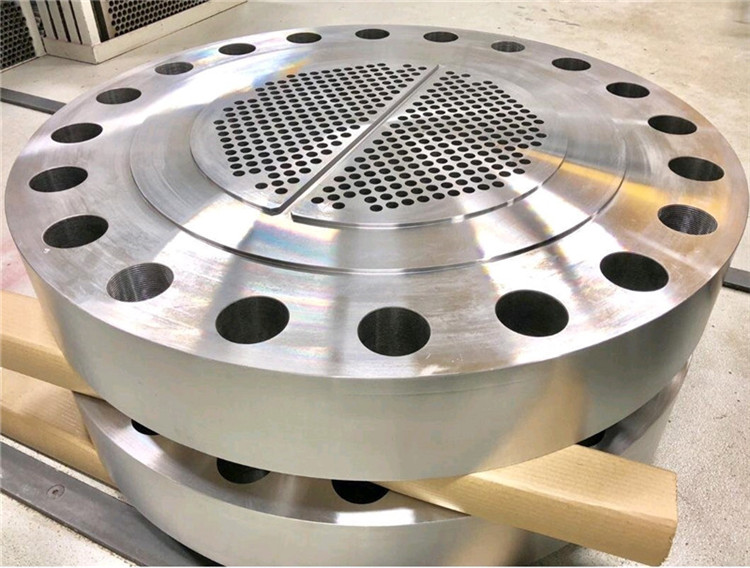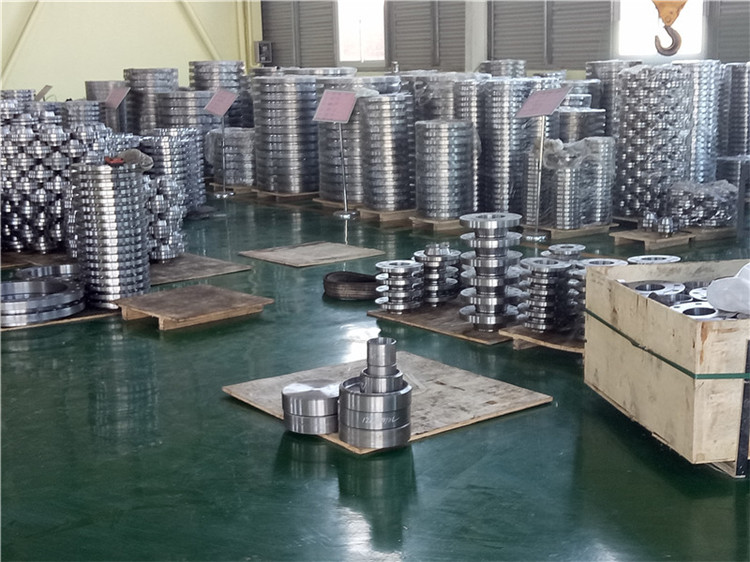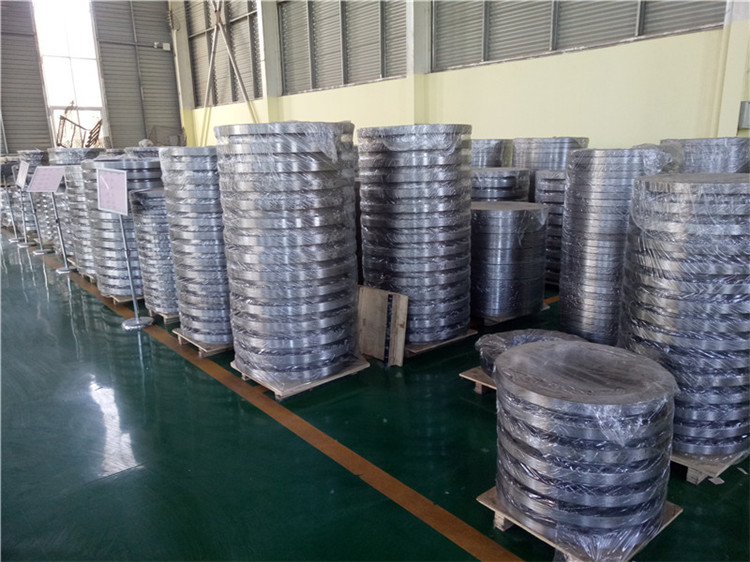Steel pipes can be divided into carbon pipes, alloy steel pipes, stainless steel pipes, etc. according to the material (i.e. steel type) of the pipe.
Carbon pipes can be divided into ordinary carbon steel pipes and carbon structural pipes.
Alloy pipes can be divided into low alloy pipes, alloy structural pipes, high alloy pipes, and high strength pipes. Bearing pipes, heat-resistant and acid-resistant stainless pipes, alloy (such as Kovar) pipes, and high-temperature alloy pipes.
Hot-rolled seamless pipes are generally produced on active pipe rolling units. The solid pipe billet is inspected and cleaned of surface defects, cut into the required length, centered on the end face of the perforated end of the pipe billet, and then sent to the heating furnace for heating and perforated on the perforator. During the perforation, it rotates and moves continuously. Under the action of the rollers and the head, a cavity is gradually formed inside the pipe billet, which is called a rough pipe. Then it is sent to the active pipe rolling mill for continuous rolling. The wall thickness is adjusted by the leveling machine, and the diameter is determined by the sizing machine to meet the specification requirements. The use of continuous tube mills to produce hot-rolled seamless steel pipes is a more advanced method.
A steel pipe with no joints along the periphery of its cross section. According to different production methods, it is divided into hot-rolled pipes, cold-rolled pipes, cold-drawn pipes, extruded pipes, jacking pipes, etc., each with its own process regulations. The raw materials include general and carbon structural steel (Q215-A~Q275-A and 10~50 steel), low alloy steel (09MnV, 16Mn, etc.), alloy steel, stainless acid-resistant steel, etc. According to the use, it is divided into general use (for water, gas pipelines and structural parts, mechanical parts) and special use (for boilers, geological exploration, bearings, acid resistance, etc.).



